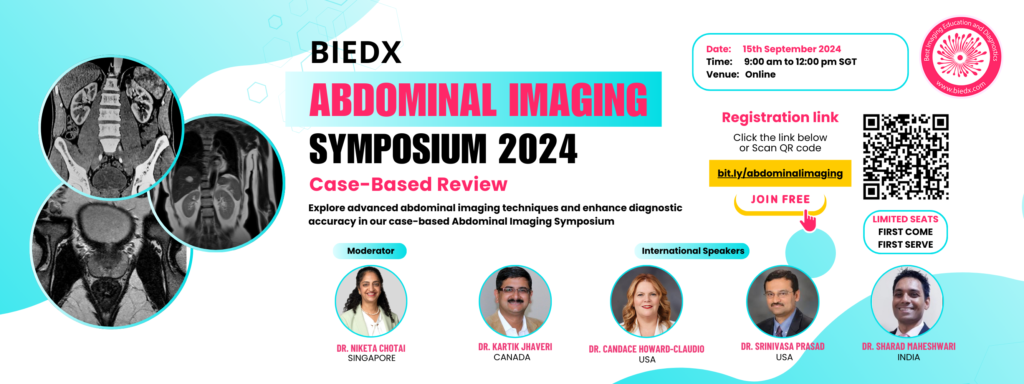Radiology is that part of medicine utilizing imaging technologies in diagnosis and treatment; hence, it plays an important role in oncology. Advanced imaging techniques provide critical information to guide oncologists in developing an effective treatment plan and monitoring progress. This article discusses the critical role radiology can play in cancer detection and treatment.
Early Detection and Diagnosis
Early detection is crucial in the fight against cancer, as there is a high chance of successful treatment and chance of survival. Radiology is at the forefront of early cancer detection through various imaging modalities for early identification of abnormalities.
Mammography: For breast cancer screening, mammography is a widely used and highly effective tool. It can detect tumors that are too small to be felt and can identify microcalcifications that might indicate the presence of cancer.
Low-dose CT Scans: For lung cancer screening, especially in high-risk populations such as smokers, low-dose computed tomography (CT) scans are instrumental. They can detect small nodules in the lungs, which may be early-stage cancer.
Magnetic Resonance Imaging (MRI): MRI is particularly useful in detecting cancers of the brain, spine, liver, and prostate. Its ability to produce detailed images of soft tissues makes it a valuable tool in diagnosing tumors that might not be visible with other imaging techniques.
Ultrasound: Commonly used for detecting cancers in the abdomen, pelvis, and breast, ultrasound is a non-invasive and accessible imaging method that uses sound waves to create images of internal organs.
Staging and Treatment Planning
Staging of the disease at the first instance requires precise determination in scope to show the extent of the disease. Radiology clearly illustrates images that allow oncologists to examine the size, location, and spread of the cancerous growth.
Positron Emission Tomography (PET) Scans: PET scans are used to stage various types of cancer by highlighting areas of increased metabolic activity, which often corresponds to cancerous tissue.
CT and MRI Scans: These imaging techniques are essential for staging cancers such as colorectal, pancreatic, and liver cancers. They help in assessing the size and invasiveness of tumors and determining whether cancer has spread to lymph nodes or other organs.
Bone Scans: For cancers that are prone to spreading to the bones, such as breast, prostate, and lung cancers, bone scans are used to detect metastases early.
Imaging continues to play a huge role in treatment planning. For illustration, in radiation therapy, accurate imaging helps carry out the delivery of radiation to the exact site where the tumor is and excludes most healthy tissues. IGRT techniques entail imaging at the time of treatment using techniques such as image-guided radiotherapy to enhance its precision and outcomes.
Monitoring and Follow-Up
Radiology is vital in assessing the effectiveness of cancer treatment and in detecting recurrent lesions. Imaging at regular intervals helps an oncologist do follow-up on changes in tumor size and response to therapy.
Follow-Up CT and MRI Scans: These scans are routinely used to monitor patients after treatment. They help in detecting any residual disease or recurrence at an early stage.
PET Scans: PET scans are particularly useful in evaluating the metabolic response of tumors to treatment. A decrease in metabolic activity often indicates a positive response to therapy.
Ultrasound: For certain cancers, such as thyroid and testicular cancers, ultrasound is commonly used for follow-up and monitoring.
Final Words
Imaging technologies are accepted to be critical in every aspect of cancer management, from early detection and accurate staging through treatment planning to follow-up. Additional progress in the field of imaging will only enhance precision regarding this fight against cancer and will bring about better patient outcomes and quality of life.



